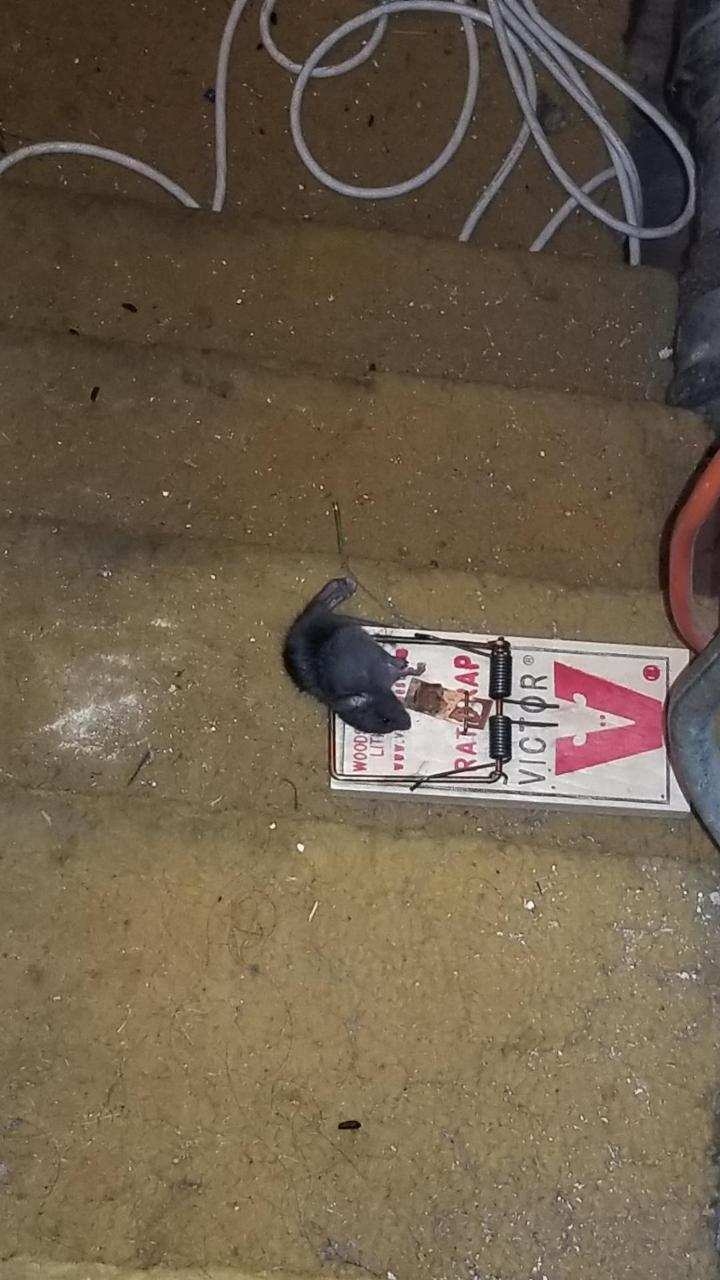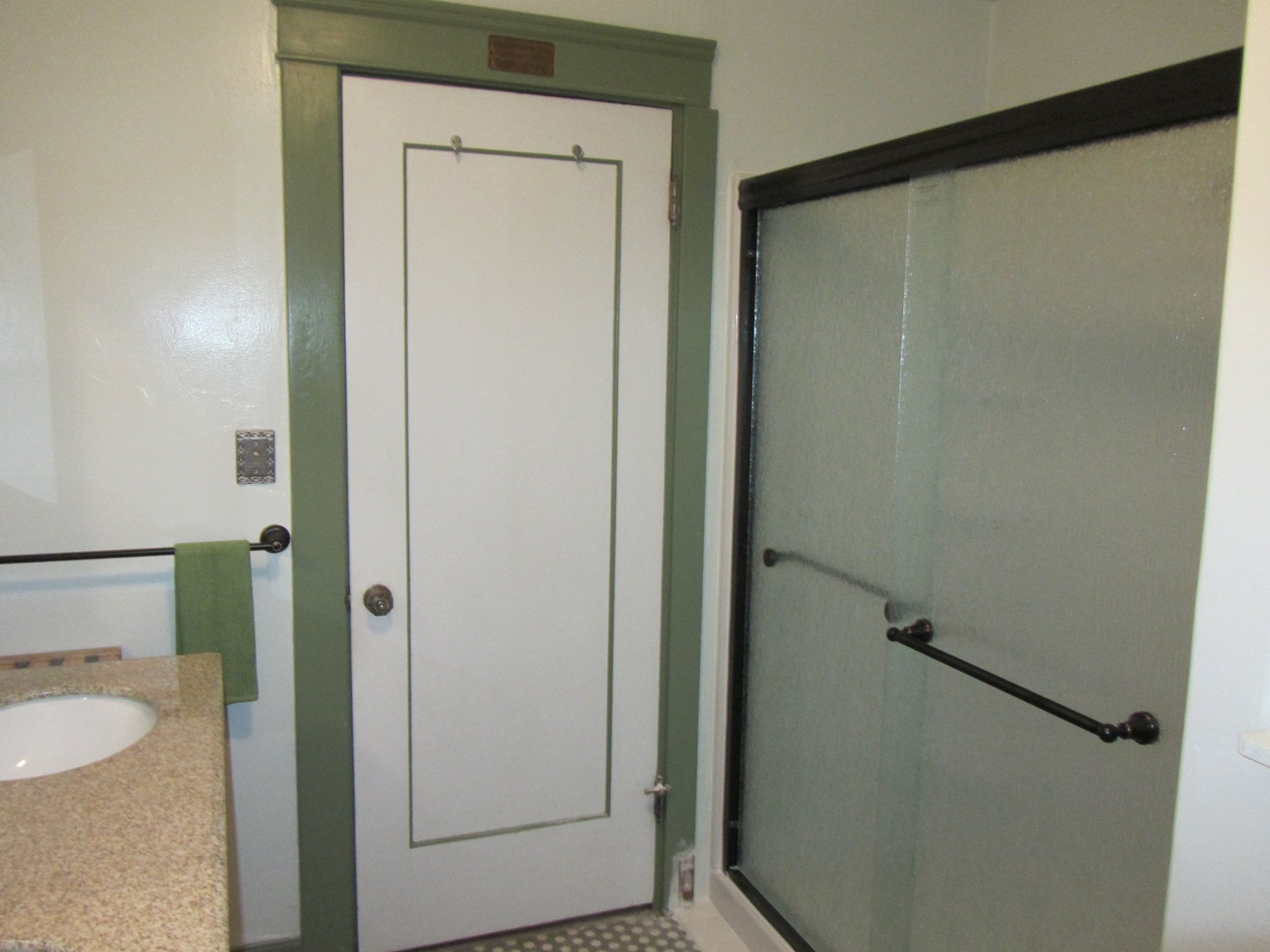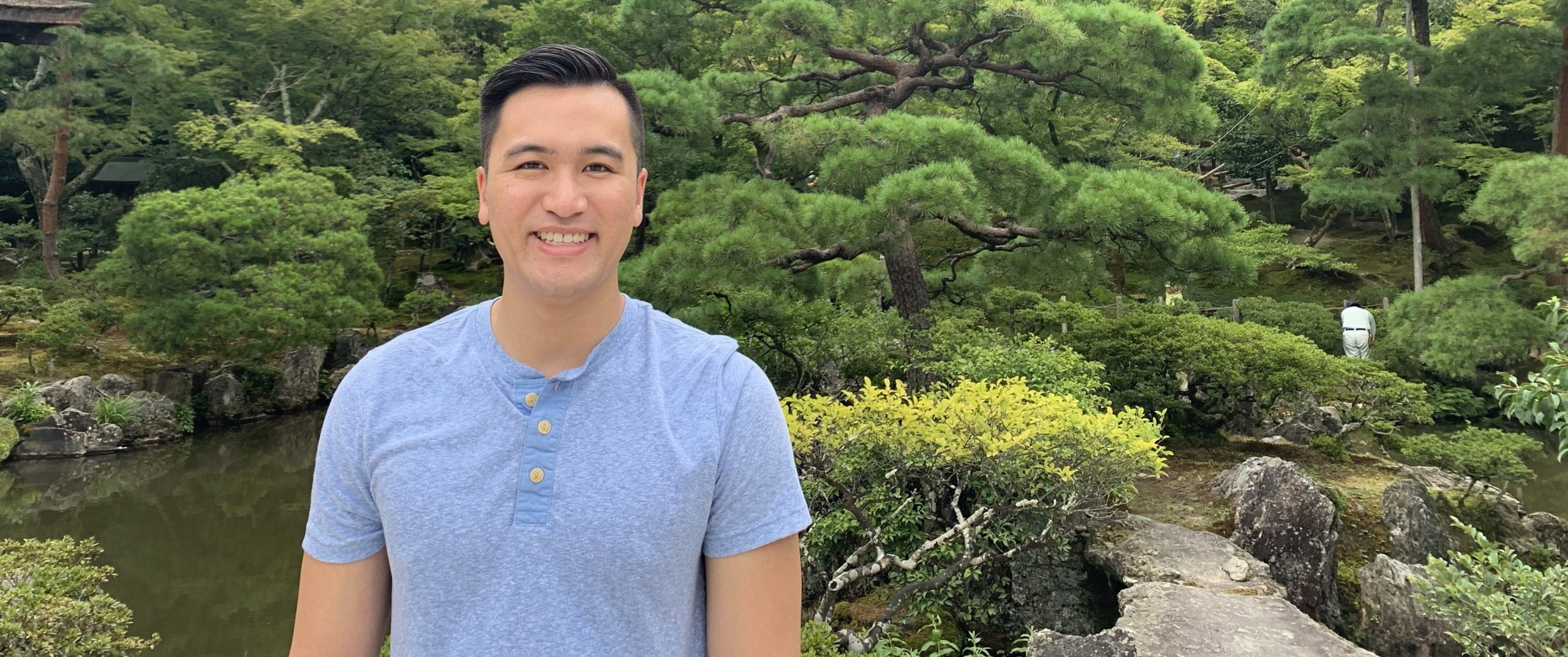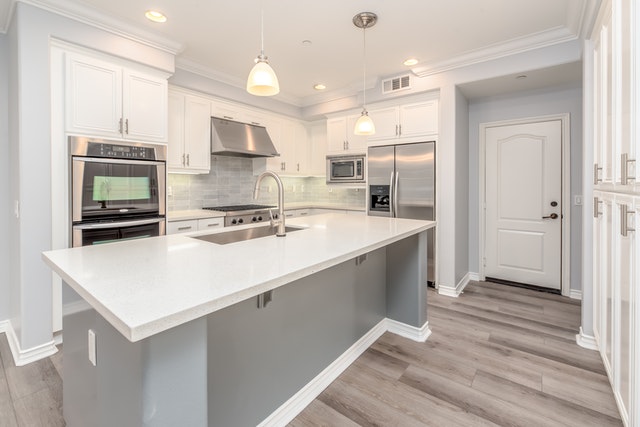“BS. You’re not going to retire early. You’ll be here until you’re 60 just like the rest of us.”
I can’t tell you how many of these kind of responses I heard when I told my coworkers and people I had trusted that I plan to retire at 31. They became especially skeptical when I told them I’m actually on track to meet that goal because I invested in real estate.
I get it.
To most others financial freedom through real estate investing seems like a pipe dream or a “pie in the sky.”
They ask, “I get that others did it before, but is that even possible for ME?”
“How do I even find a great deal?
“What if I get a crappy tenant who doesn’t pay rent?”
To that I say, “Yes, it is intimidating and scary, but it’s actually a lot simpler than you think.”
I’m a prime example of this.
Here’s a brief rundown of how it actually happened for me:
- I started out in real estate investing as a 23 year old millennial born in a middle class family with a big dream but had no idea what I was doing in real estate investing.
- In 2015, I graduated as a new pharmacist ready to take on the world.
- During my first year as a pharmacist, I worked overtime, sometimes putting in 6 or 7 days a week or 14 hour days to save up capital for real estate investing. I later realized that I didn’t have to be quite this aggressive, but I was itching to get started.
- In 2016, I put a downpayment on my first property – a $262,000 three bedroom, two bath single family home in my nearby college town.
- I live in California, which has expensive housing. One point I should make is that I don’t invest in my immediate city. Instead I purchased my property in a city 1 hour away since housing prices were much cheaper there.
- When I had run the numbers, I realized that using the method of renting out per bedroom to college students would double my rental income that I would normally receive if I rented out the whole house as one unit.
How Everything Went Wrong…
Have you ever heard of Murphy’s law?
It basically states “Whatever can go wrong, will go wrong.”
In 2016 I felt like I was living out this law in real-time.
The house I purchased was a 100 year old house and had a lot of red flags that I chose to ignore. Red flags that ended up costing me over $30,000!
Ever since that first deal, I became obsessed with what makes a house profitable or not.
Through the “school of hard knocks” I painfully learned these 6 important tips that I’m sharing with you today.
6 Tips for Newbies to Create a 6 Figure Real Estate Portfolio In Just a Couple Years
1. Build a Strong Team
On my first deal, I had nobody to turn to when my sewage line broke. Because the house was super old, it had cast-iron sewage pipes that were rusted over. Roots were sticking into the sewage pipes.
So I get this call from a tenant at 11pm on a weekend complaining the sewage backed up and flowed out of the kitchen sink onto the kitchen floor with a foul smelling odor.
I frantically called up people to sanitize it and a plumber to find out what was wrong with the pipes around midnight and had to pay premium price for the cleanup. The plumber discovered the whole line was broken and needed to be replaced which cost me over $9000.

I quickly learned that I need a team of contractors I can count on in case something like this happens again.
As a newbie, you will also need real estate agents who can find you great deals (some which may be off-market deals).
You will need lenders and mortgage brokers who can get you the best financing terms.
You will need contractors who can perform great quality renovations while charging a reasonable price.
2. Analyze the Deal
Part of the fact that my first house was extremely old, I also had a lot of holes around the exterior of the house where pests could get in. This led to both rat and flea infestations.

Now I carry with me a list of items that need to be addressed checklist when I walk through any potential rental so I make sure I cover all my bases and do my due diligence to avoid the same mistakes I made in my first house.
I also use a spreadsheet to analyze all of my deals and numbers. I figure out how much I can rent each bedroom for, how many extra bedrooms I can add, and how much I will likely be paying for closing costs and renovations.
3. Negotiate the Deal
I should have negotiated more on my first deal. If I had simply done a sewage line inspection, which costs about $200, I would have seen the poor condition of the sewage pipes and had the seller pay for the sewage repair instead of me.
As a newbie you will need to know what the seller’s motivation is. You then need to help the seller get what he wants and therefore he can give you what you would like. This is called the “Law of Reciprocity.”
4. Renovate the Property to Increase Value
On my first property I ended up having to pay for costly remodels I wouldn’t have had to do if I spotted the red flags ahead of time.
For one, I had to completely remodel the bathroom because it was setup so that you had to climb steps to get into the bathtub to take a bath or shower which was a huge safety issue.
Here are pictures before and after it was remodeled.
Before Remodel (bathtub is above knee level)

After remodel (bathtub removed and shower put in)

Since I had to redo plumbing to get this done, it cost over $7000 for the remodel. I hadn’t planned on the project being that expensive.
I also found out there was no AC in the house, which kind of became a problem during summer when the temperatures got to over 100 degrees Fahrenheit. I ended up installing a ductless AC system for $18,000. All in all, I lost over $30,000 on my first property. The silver lining to all of this is that the property appreciated in value by $60,000.
Over time as I got to know more people in the area, I found better contractors who can charge me a slightly cheaper rate because of the work I provide for them and the relationship I developed with them. One thing I learned is to pay the contractor at the end so that the work gets done in a timely manner. If you pay them upfront, there is no incentive for them to focus on your project vs the many others they have in the works. I have them give me an “itemized bid” which means they must separate out the cost of materials and cost of labor when they give me a bid. If I’m paying $200 an hour for labor, I know something is probably wrong.
5. Create a System for Choosing High Quality Tenants:
On my first deal, I also didn’t know much about advertising specifically to student tenants so was left with a room vacancy for 8 months which was $5000 in lost rental income.
I had to learn over time a system for finding high quality tenants.
At this point, you might be thinking, “Okay I understand why the systems are so important, but isn’t it risky to invest in college town housing because of the wild partiers?”
Here’s the truth you need to know:
Like all forms of real estate investing, having a bad tenant or no tenant at all can make or break the whole investment for you. So it follows that you need to find high quality student tenants.
I target older college students in professional school (pharmacy, students, medical students, nursing students, and dental students) or in their 3rd or 4th year of college and tend to be more mature.
I look carefully for student tenants who show signs they are focused on their studies and not so much on partying and experimenting with drugs and alcohol. Which by the way. Newsflash! Drugs and alcohol can be a problem for any tenant, no matter what age or income level that tenant is. So you should be already screening for this even if you aren’t in the student housing market.
If we are so focused on the students potentially trashing the place, we miss out on all of the positives of student housing. One of which by the way is that you essentially can double your rental income compared to if you rented out the single family home as one unit.
As Bruce Lee once said, “It’s like a finger pointing away to the moon. Don’t concentrate on the finger or you will miss all that heavenly glory.”
My expected rent for the 4th house I purchased was only $1500 according to Rentometer.com. Because I added two bedrooms to make it a total of 5 bedrooms and I charged about $620 per bedroom, my monthly income from that property is about $3100 per month. And by the way none of my 4 houses have had major damage from party tenants over the last 4 years of investing.
I also collect 1.5x month’s rent as a security deposit so I could use it towards any major tenant-inflicted repairs if needed. Though I haven’t needed to do this throughout my 4 years of investing and don’t believe I will ever need to because of the type of tenants I bring in.
6. Manage Your Rentals Through Systems:
I assign specific responsibilities to my tenants and empower them to independently solve problems when issues come up.
I have a team of contractors that I or my tenants can text message when something breaks down.
I also am very clear about what needs to get done and in what time frame when I renovate the property.
Where I am Now:
After 4 years of investing, it has truly been an exciting journey and well worth it. I have 4 single family homes that make gross rental income of $10,755 per month. And I now teach others how to build the same systems I built to skyrocket my portfolio. That way they don’t have to go through what I went through.
As you finish reading through my tips, I want you to remember:
Fear is what keeps so many people stuck or in a state of paralysis. It stops most newbies from even getting started.
It is those who can push past that fear, have a little foolish courage, that ultimately achieve success in real estate.
If you would like to learn more about my systems, you can connect with me personally at www.newbierealestateinvesting.com.
Author Dr. Ryan Chaw

Ryan is a full-time pharmacist who built a rental portfolio on the side, going from Zero to $10,755 per month in just 4 years. He is the founder of Newbie Real Estate Investing where he teaches others his system: how to find a college town to invest near, analyzing a deal, generating tenant leads through strong marketing tactics, and how to self-manage college tenants so everything is hands off and automated.
To get his FREE PDF on “The Unique (and Highly Profitable) Strategy Ryan Used to Go From Newbie Real Estate Investor to Building a Portfolio that Generates $10,755 Every Month,” click here.


